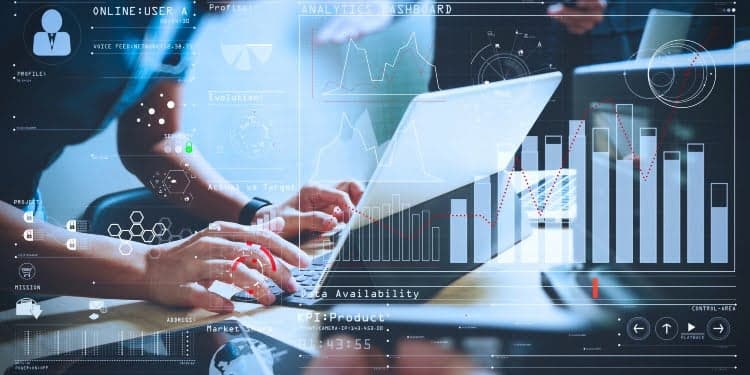Contract management is an important part of the contract management cycle. If contract management is carried out smartly, there is a good chance of satisfaction among the parties involved. With the digitization that is currently going on in the world of facility management, contract management can of course not be left behind. In this article I will take you through the possibilities.
What is Digital Contract Management?
Digital contract management is managing contract data so that this information is available in real time. GRIP for digitizing contract management using the CATS CM® method:
You manage contract data digitally. This includes the contract itself, stakeholder and risk lists, issue lists, reports and reports.
You use a digital contract calendar. It is important to have insight into the start and end date, renewal date, consultation moments and reporting moments.
You ensure sound financial management. Good financial (calculation) management saves a lot of hours and costs. In addition, it provides a great deal of transparency between all parties involved.
You collect relevant performance data. Think of measurable KPIs that have been agreed in the contract.
The best digital tools
Virtually every client and supplier uses digital tools. Think of FMIS systems for building management and ticketing, software for all kinds of audits, registrations, sensoring and so on. Nowadays there is a usable solution for everything!
All clients, suppliers and independent parties involved in the contract can have separate systems that are the best in their field, often with their own dashboard. These digital tools are regularly supplied by various providers and are of great importance for collecting relevant data.
And what happens to the data that is relevant to your company when a contract with a supplier ends? Data that you use to make supplier performance transparent and insightful?
Keeping an overview is a challenge
As a contract manager or facility manager, you have a lot to deal with as a result. You always have to deal with different suppliers for which contract management must be carried out. If you have three different suppliers for cleaning, catering and hot drink vending machines, for example, that also means three different ways of invoicing. In addition, these suppliers often have their own dashboard with data that can be relevant for both the supplier and the client. In many cases you get unusable management reports and all kinds of different login details for systems.
And what happens to the data that is relevant to your company when a contract with a supplier ends? Data that you use to make supplier performance transparent and insightful?
Why can an independent dashboard be the solution?
An independent dashboard, such as the GRIP dashboard, is ideally suited to receive and display data. The GRIP dashboard is a tool that stands alone and can optimize contract management.
By means of the so-called open API (a link through which external software suppliers can send the data they have chosen), all suppliers can provide their data in real time. At that time, no one is responsible for the timely delivery of the data. This is fully automatic.
A dashboard can display the data and performance of the various sources, creating a simple and transparent overview of all suppliers. At the same time, the suppliers can still use their own systems, which also benefits their internal performance.
Want to know more about GRIP’s dashboard solution or do you want the dat

